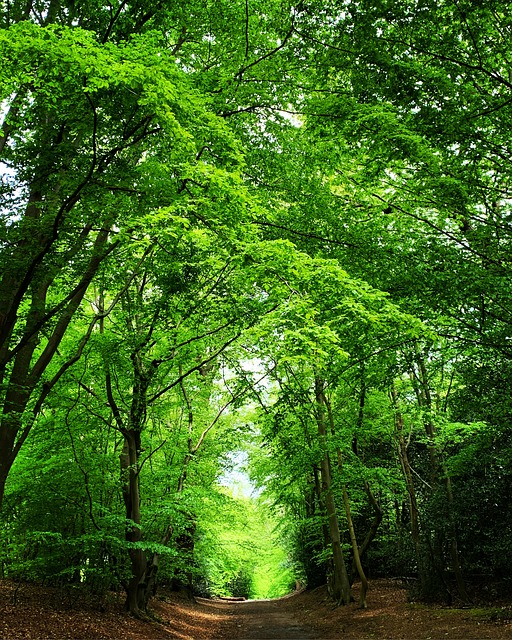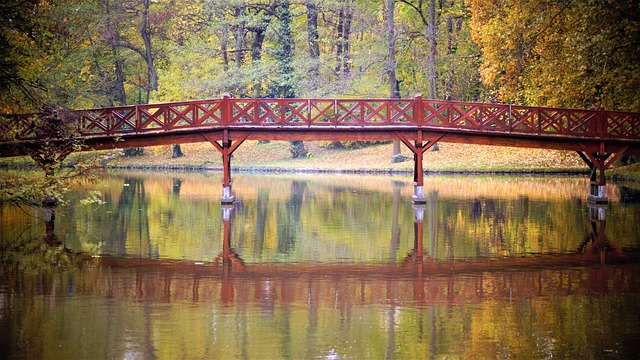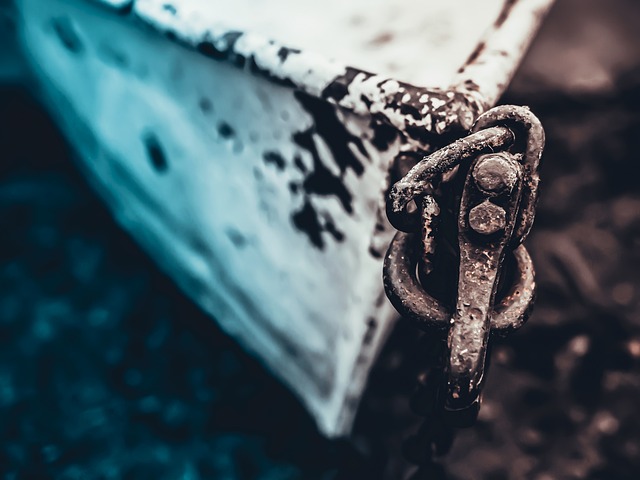bicho com chifres 🎃 Bicho com Chifres: A Fascinating Exploration of Horned Creatures in Nature

Bicho com Chifres: A Fascinating Exploration of Horned Creatures in Nature
No vast expanse of the animal kingdom, few features evoke as much intrigue and fascination as horns. These impressive structures, found in various species across different habitats, serve multiple purposes, ranging from defense and dominance to attracting mates. The term "bicho com chifres" encapsulates a diverse array of creatures, each with its own unique adaptations and significance in their respective ecosystems. This report delves into the remarkable world of horned animals, examining their biological significance, role in culture, and the conservation challenges they face today.bicho com chifres
Horns, unlike antlers, are permanent structures made of keratin, the same protein that forms human hair and nails. This structural composition allows them to serve a wide variety of functions. For many species, horns are essential for survival. They act as formidable weapons against predators and rivals alike, a point illustrated by the fierce battles that take place during mating seasons. These contests can determine access to mates and territory, a crucial aspect of natural selection.
In the wild, horned animals such as buffalo, rhinoceroses, and various species of goats and sheep display remarkable adaptations. The African buffalo, for example, sports a formidable set of horns that not only protect it from predators but also signal its strength and health to potential mates. Rhinoceroses, with their thick, horn-like structures, have evolved to use their horns as tools for foraging, digging, and self-defense. The variety of horn shapes and sizes across species is a testament to the evolutionary pressures they face, illustrating nature's ingenuity in adapting to environmental demands.
Beyond their biological significance, horned creatures have woven their way into the cultural fabric of human societies. In many indigenous cultures, horns symbolize power, strength, and resilience. They often appear in mythology and folklore, representing the connection between humans and the natural world. For instance, many tribal rituals incorporate horned creatures as symbols of protection and prosperity. The allure of these animals has also made them popular in art and literature, serving as a source of inspiration for countless works throughout history.bicho com chifres

However, the beauty and majesty of horned animals are under threat. Many species face significant challenges due to habitat loss, poaching, and climate change. The plight of the rhinoceros is particularly alarming, as its horn has been targeted for illegal trade, driven by the demand for traditional medicine and ornamental purposes. Conservation efforts are crucial to protect these majestic creatures, yet they require collaboration across borders and communities. Awareness campaigns and education about the ecological roles of horned animals can foster a sense of stewardship and responsibility among the public.bicho com chifres
Moreover, understanding the ecological impact of horned species is vital. Many of these animals play critical roles in maintaining the balance of their ecosystems. For instance, horned herbivores such as bison and antelopes help shape vegetation patterns, which in turn influences the overall health of their habitats. Their grazing habits can promote biodiversity, allowing various plant species to thrive. In this way, the loss of horned animals could have cascading effects on entire ecosystems, emphasizing the need for their protection.bicho com chifres

In light of these challenges, innovative conservation strategies are emerging. Community-based conservation initiatives, where locals engage in protecting their natural resources, have shown promising results. These programs empower communities to take charge of conservation efforts, promoting sustainable practices while ensuring the survival of horned species. Additionally, technology plays a pivotal role in modern conservation, with tools like drones and camera traps enhancing monitoring efforts and anti-poaching measures.bicho com chifres
As we reflect on the significance of "bicho com chifres," it becomes evident that these remarkable creatures are more than mere symbols of strength; they are integral components of our planet's biodiversity. Their presence enriches ecosystems and shapes cultural narratives, serving as a reminder of the interconnectedness of all living beings. As stewards of the Earth, it is our responsibility to advocate for the protection of these magnificent animals and their habitats. Engaging in conservation efforts, supporting sustainable practices, and spreading awareness are essential steps we can take to ensure that future generations will continue to marvel at the beauty of horned creatures.
In conclusion, the world of horned animals is a captivating realm that invites exploration and appreciation. From their evolutionary adaptations to their cultural significance and conservation challenges, these creatures embody the complexity of life on Earth. As we navigate the future, let us celebrate and protect the "bicho com chifres," recognizing their vital role in our ecosystems and our shared heritage. Together, we can foster a world where these majestic beings thrive, ensuring a legacy of biodiversity for generations to come.bicho com chifres
Fale conosco. Envie dúvidas, críticas ou sugestões para a nossa equipe através dos contatos abaixo:
Telefone: 0086-10-8805-0795
Email: portuguese@9099.com


